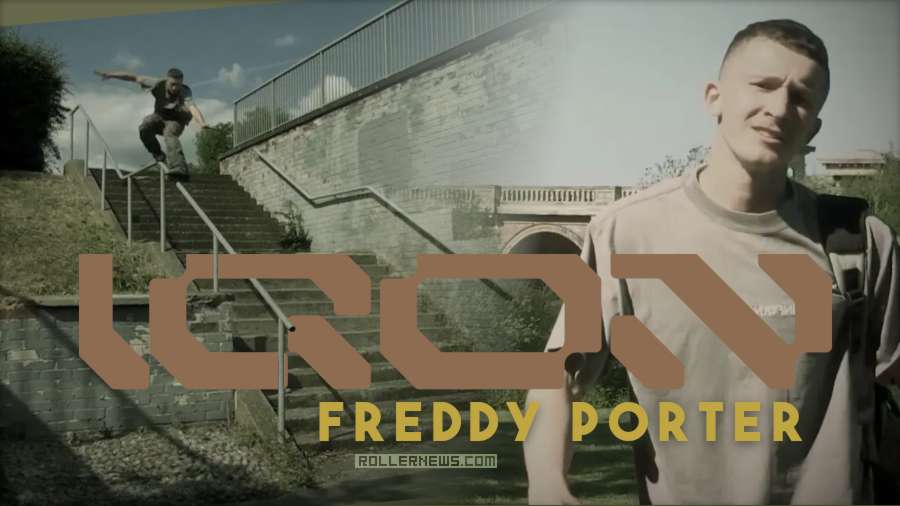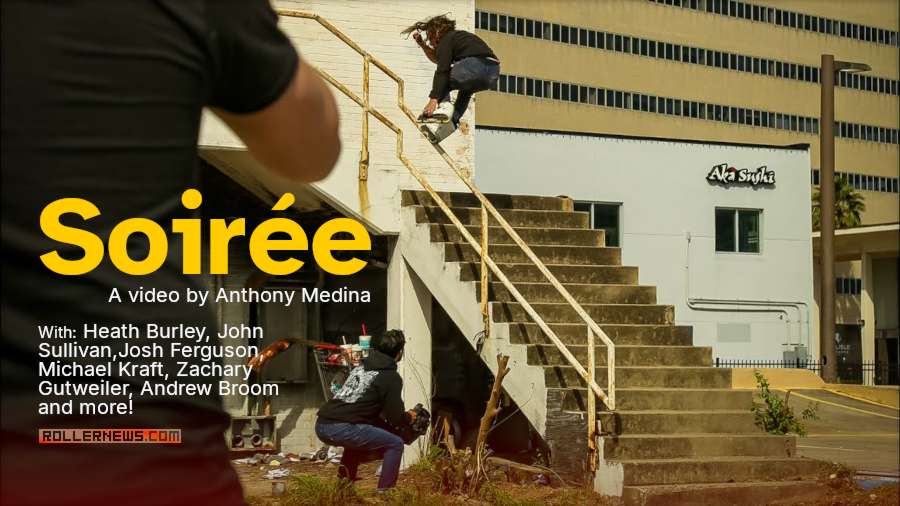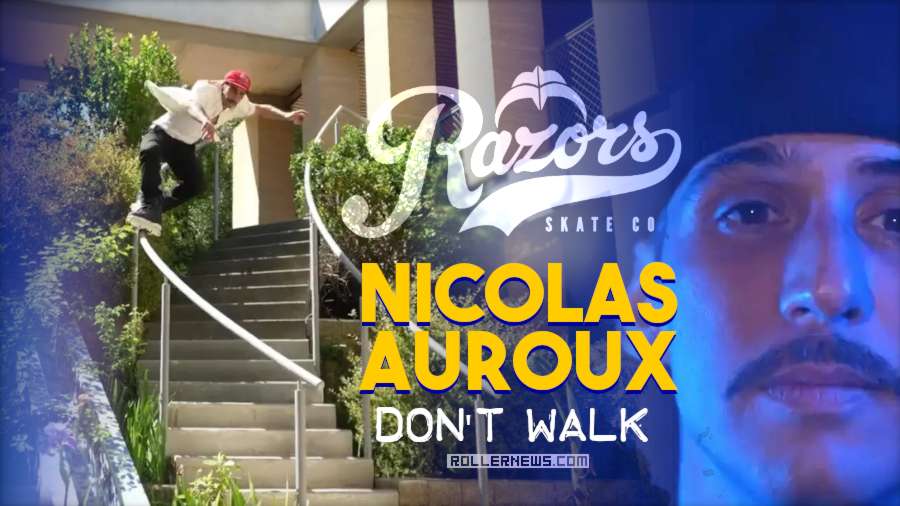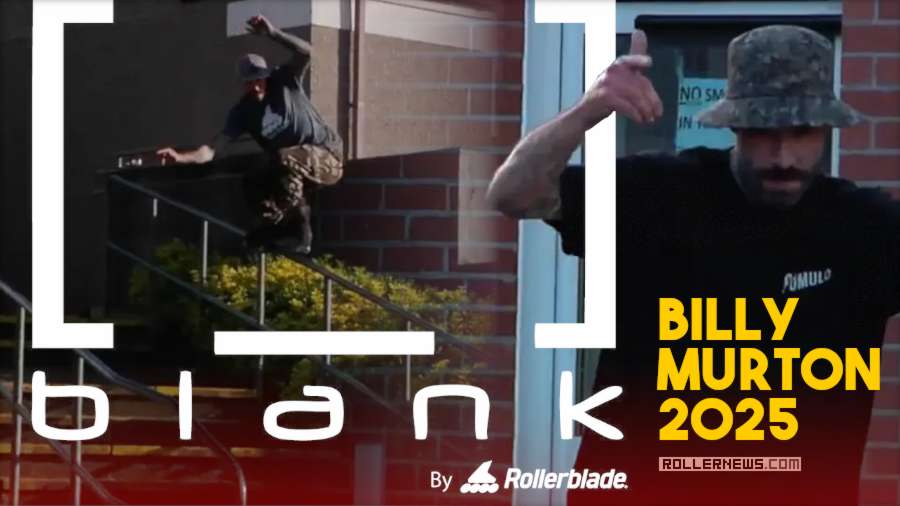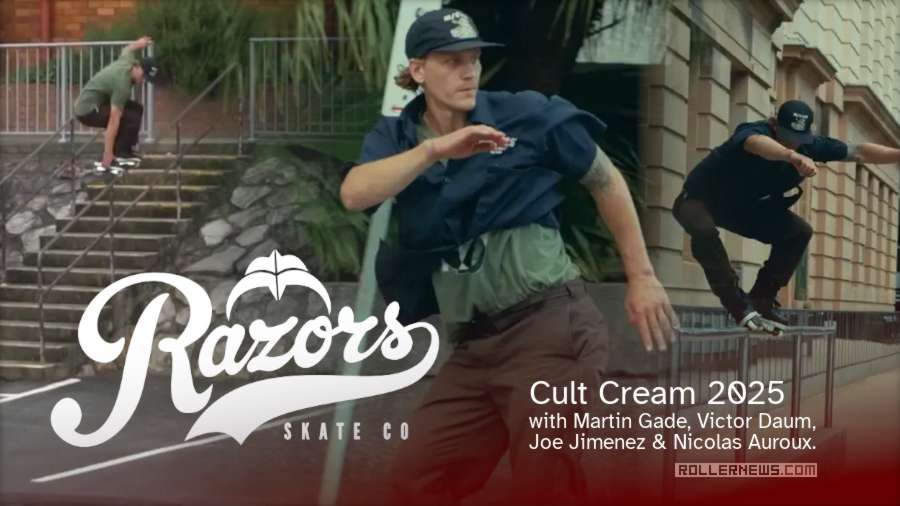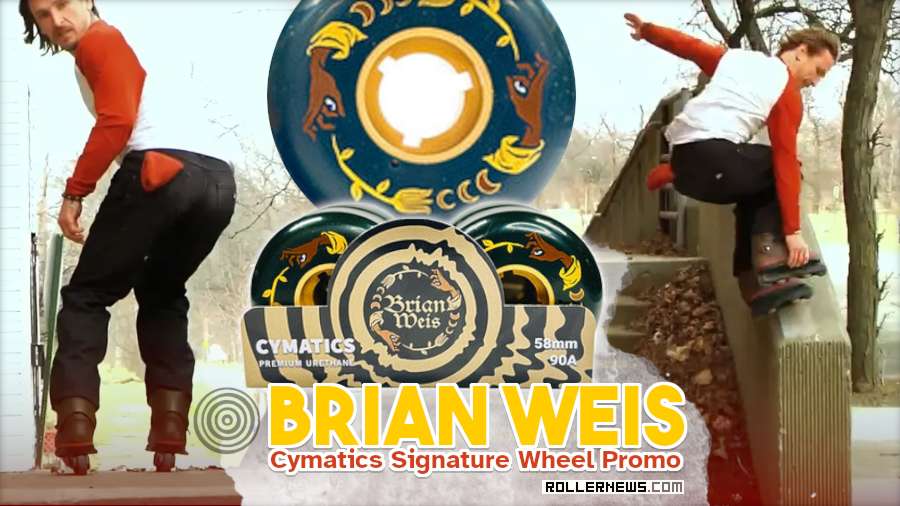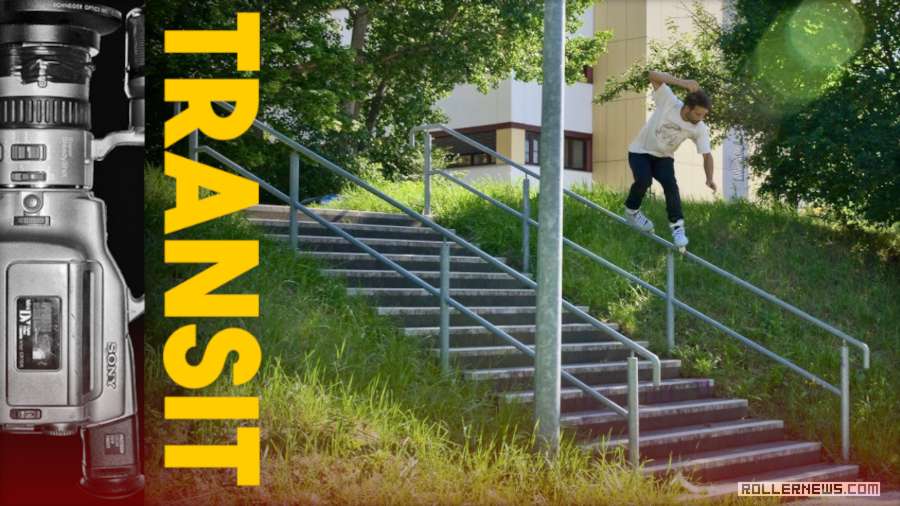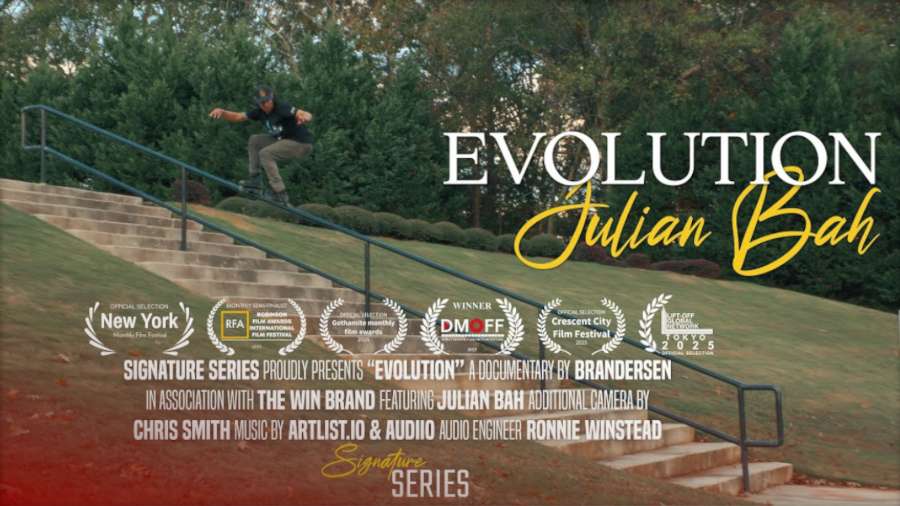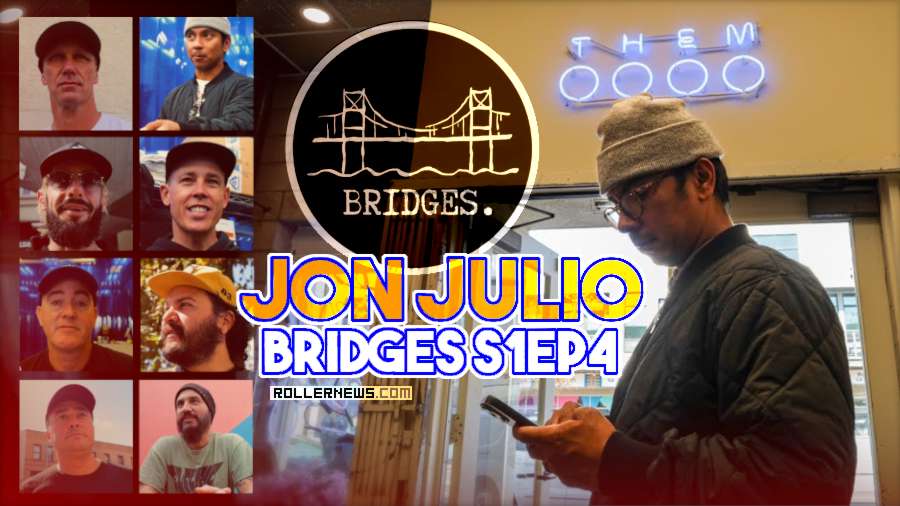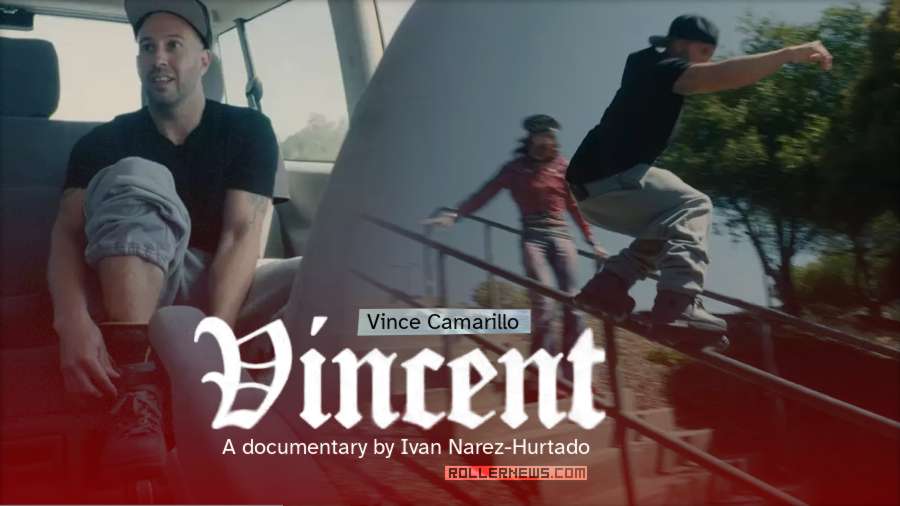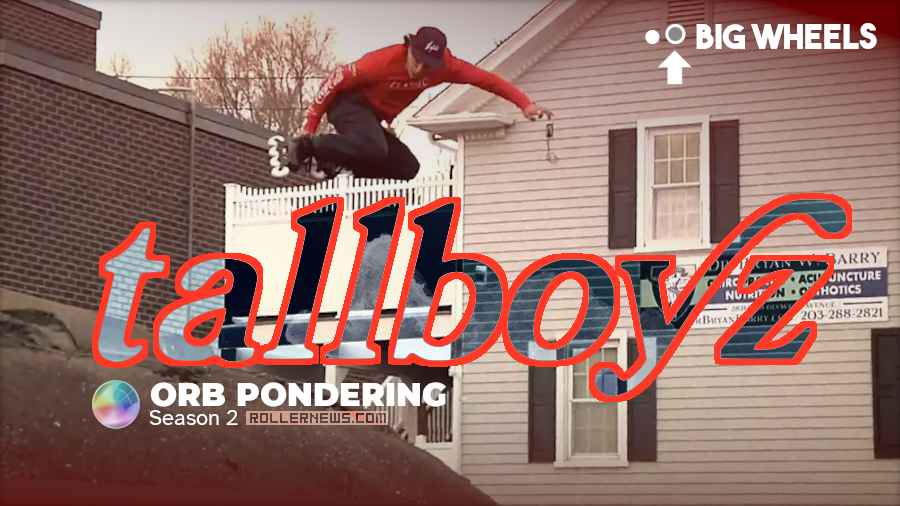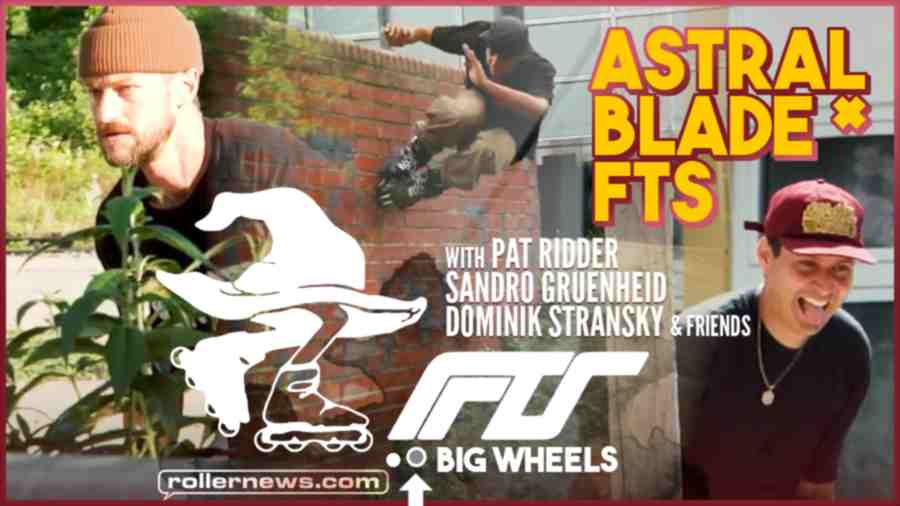For people that don’t want the banter, the actual tutorial starts at 5:00. I found out the hard way that I’m not nearly as good at X-grinds as I thought I was, haha. This one was fun to make, I had all my friends at the session with me. But it’s definitely hard to think critically about tricks whenever everyone at the session is messing with you.
I tried my best. As usual, the points I delivered don’t encompass the full scope of “X-grinds,” but I think it’s more than anything that’s been put out prior sooo… Good enough! I thought that I had gotten all of the versions of x-grinds on film, but as I went back and re-watched the footage, a lot of the ones that were landed weren’t good examples of the trick.
I want these videos to put the best foot forward (no pun intended), to really show what the trick should look like when done well. Since I had all the boys with me, we just started sessioning normally. A lot of the clips we had, we didn’t slide the whole ledge, we landed a little neutral, etc… So I thought to myself, “alright, no problem. There’s an easy looking ledge down the street, I can just ask Caleb to help me re-film it”. Well… As easy as that spot looks, there’s giant cracks on the ground, you can only approach it from one direction (the hard direction, for me) and it was an absolute disaster..
So I’m sticking with the box footage! Haha! But, all of that aside, as I say in the video, we can’t get it right all the time. So cut my actual physical ability some slack on this one, I’m just working with what I’ve got. I hope you are too! Thanks for watching. Love y’all. - Cody Sanders.
It is waaay too cold to be outside, but we’re out here. Also, it turns out that trying to record audio under a very loud overpass wasn’t the best idea, haha. This is a short one, not too many steps to this trick. I still think it’s important to go over though.
I stress the importance of non-dominant foot placement in the video. On average, I’ve noticed most backwards grinding pornstars are locked perfectly. They have to be locked perfectly or else you’ll stick. The forwards versions can be done pretty lazily. While doing the forwards versions, the back foot can be all over the top of the ledge, sliding all over the place with no clearly defined position.
I think consistency is important. I think if we’re going to spend this much time doing something, we should give it the respect of thought and effort. Thank you to Mick Casals for being the talent and to Anthony Medina for sending me a very sick sidewalk example. As I said at the beginning of the video, if you’ve watched any of the other ones, commented, sent any messages to me, etc.. Thank you. It may not seem like much, but I’m always so surprised to see the amount of love that is shown from our community. Y’all are rad. - Cody Sanders.
Took a bit of a break, but decided to give this project another shot. It’s Halloween and I couldn’t get any of the boys out of the house to help me with this one… And boy, did I need some help. I’m decently bad at mistrials, but I tried my best for this one. I realized after watching what I’d recorded that I’m not really giving too many real pointers on the actual trick itself. I honestly think that that’s fine.
A lot of tricks really are as easy as jumping up to the edge of something and putting your feet in the right shape. The thing that makes rollerblading truly difficult to master is all of the intricate movements and “RuLeZ” that can give the trick itself a different feeling. You can do the same trick a 1000 times and it’ll feel a little bit different every time you do it. I think that’s why skating has stayed so fun over the years. There’s always something that you can tweak just a little differently.
The sport has a lot of newcomers these past few years and I feel like the language of our sport is confusing, the different styles, frame/wheel setups, etc… Everything is just so daunting when you’re new, especially if you don’t have anyone near you that skates. I’m hoping that at least a few people can gain some understanding of some of the more nuanced (I hate that word) things that make skating unique.
I’ve had several people that have reached out to me or that I’ve gotten to meet at events that have said super positive things about these videos and that makes me happy. Super happy. I care way too much about rollerblading. But, I’ve seen a few comments in the past that were negative about all of the ideas I’m presenting in these videos as well. I intend to make a video that actually defines what this project is supposed to be, but for now I’ll at least say this: My intention isn’t to tell people how they should skate. What I’m trying to do is document the “unwritten rules” that so many of us have followed over the years. I know, I know, “RuLez r made 2 be BrOkeN.” Fair enough.
When discussing what a well executed trick looks like, I’m basing this off of the past 20-30 years of what professional skating has looked like. I said this in the first Tutorial Plus video and I’ll say it again, there really isn’t a lot of documentation in rollerblading that describes, in detail, what it is that we do. My main goal is to spread that knowledge. To try and be some sort of benefit to our culture/community and do the little that I can to add to it. /rant. Love ya’ll. - Cody Sanders.
Round 2! This time, we’re discussing switch ups. What they are, how to do them and what makes them “count”.
If this is the first time you’re seeing this, the goal of Tutorial Plus is to document, in great detail, why it is we do things the way that we do them. There are plenty of “how to jump up and slide down” how-to videos in skating, but there aren’t many that explain them in detail. That’s the goal. To create a universal understanding for the basic concepts of what our community values as a whole. Word.
But anyways.. I never realize how truly difficult rollerblading is to understand until I start trying to explain the rules we’ve created for ourselves. Having two separate devices strapped to our feet, with 3 different plates (don’t even get me started about channel grinds), and the amount of variations that can be done is daunting. Especially, if you’re trying to explain what “counts” and what doesn’t to someone that is brand new to the sport…. Sheesh. I don’t think I did too good of a job, but it’s at least a crash course into what & why we do things the way that we do.
Mosquitos in TX are gnarly, btw. A lot of swatting going on in this. I also need to quit being lazy and setting my camera to full auto when I do these things, but in the middle of the session, in 90 degree weather… Your boy really isn’t trying to get too technical, haha.
I know I missed some things when discussing this. I do all of this off the top of my head. I really should start writing notes before I do this… Anyways, if you watched it, I hope you at least gained something from it. - Cody Sanders.
Tutorial Plus with Cody Sanders - PLAY:
Switch-ups |
Topsoul.
No more reviews, we’re dorking out in a different direction now. - Cody Sanders.
Huge thanks to Rob Scallon for teaching us how to do this amazing trick on rollerblades. We love these types of collaborations. Anything on wheels is our jam. Who do you want to see us collaborate with next? - Braille Skateboarding (Youtube).
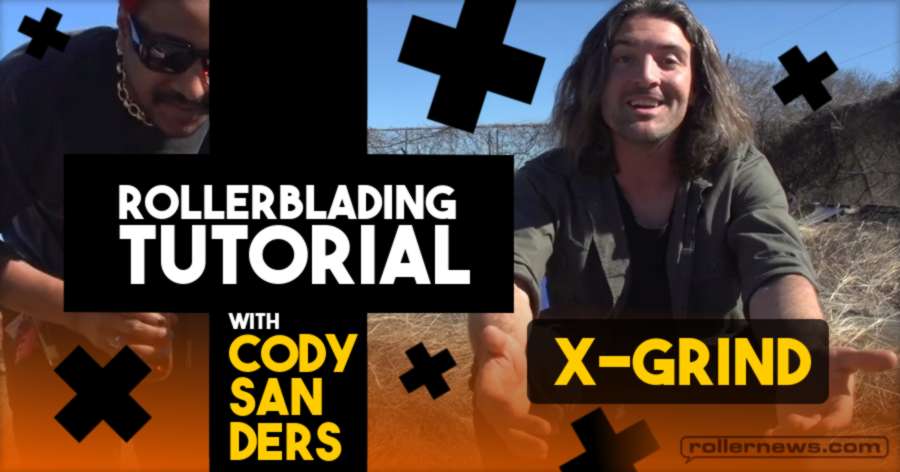

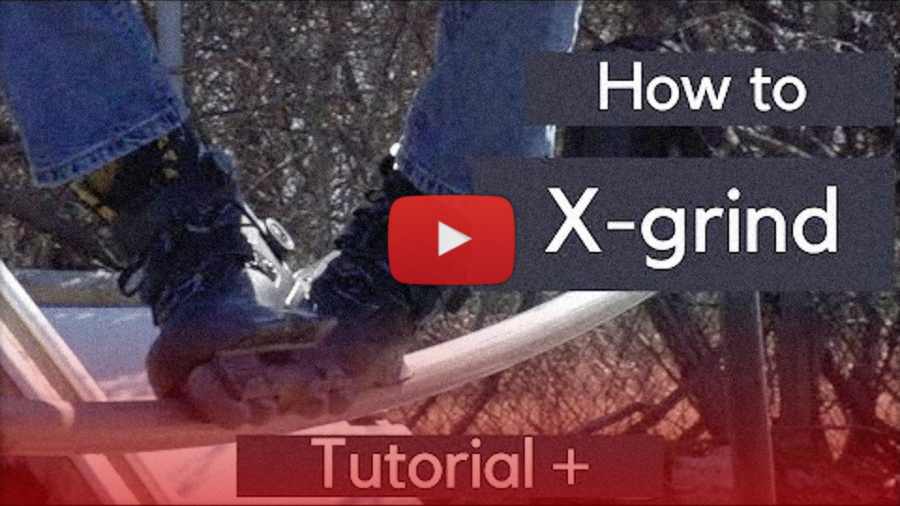
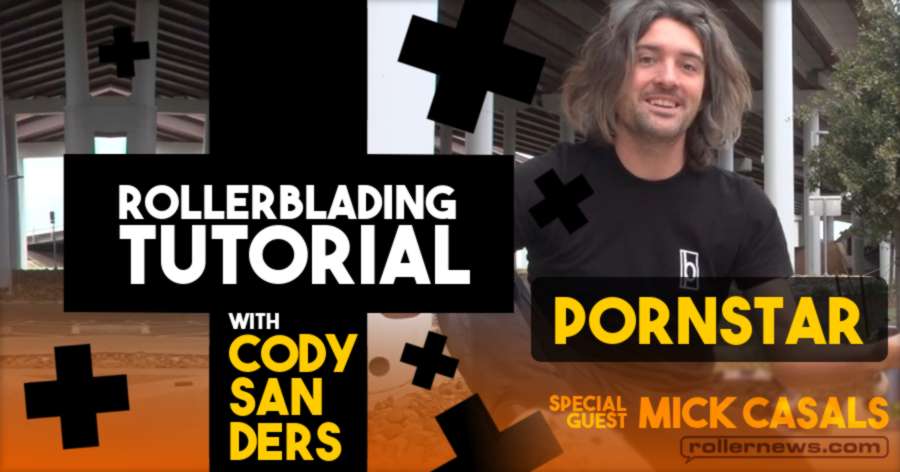
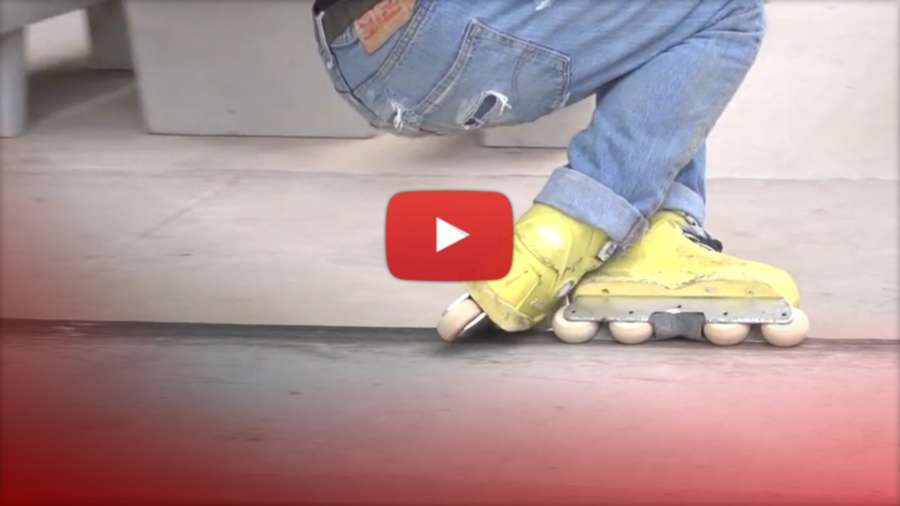
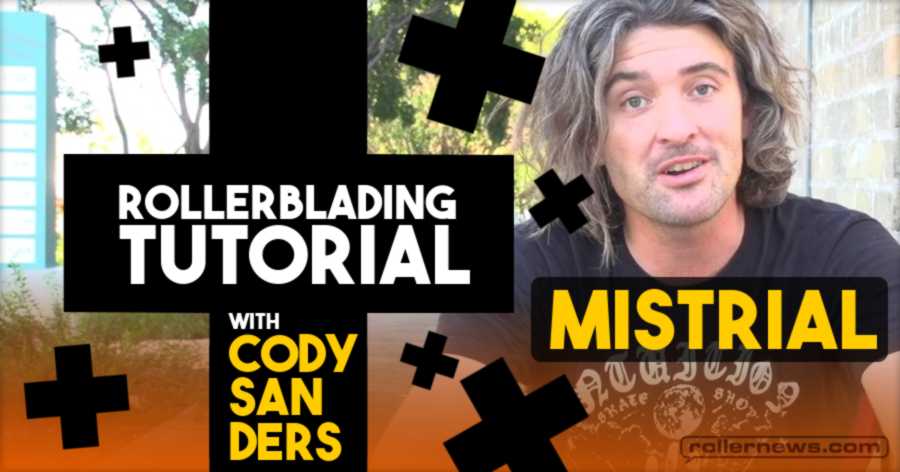
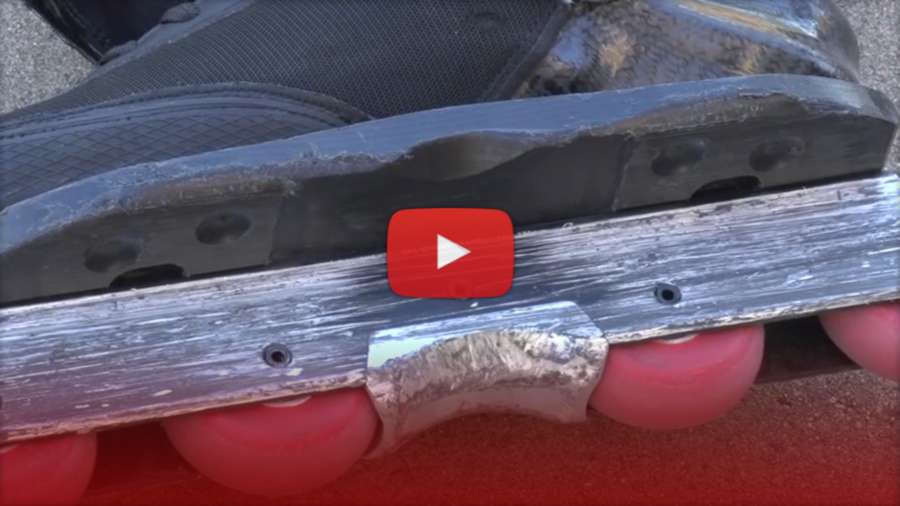
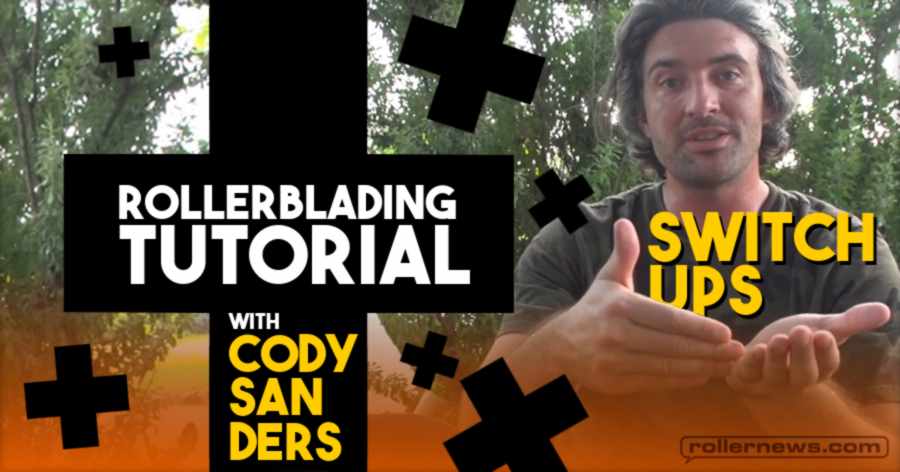
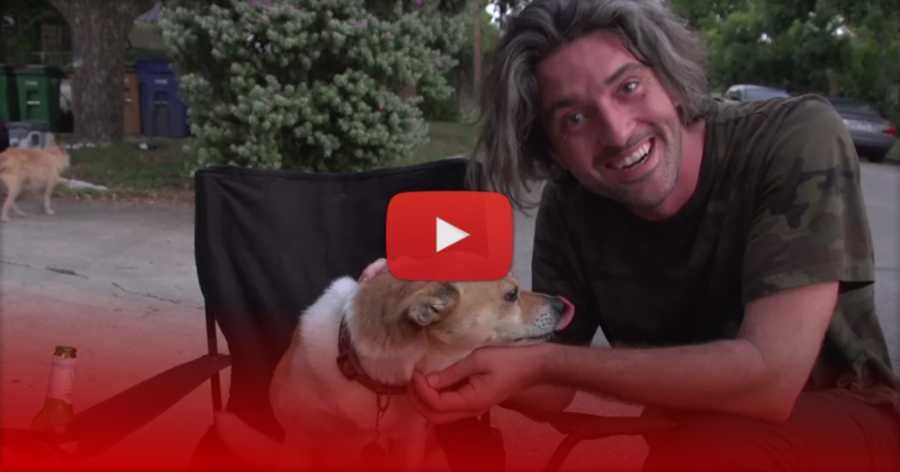
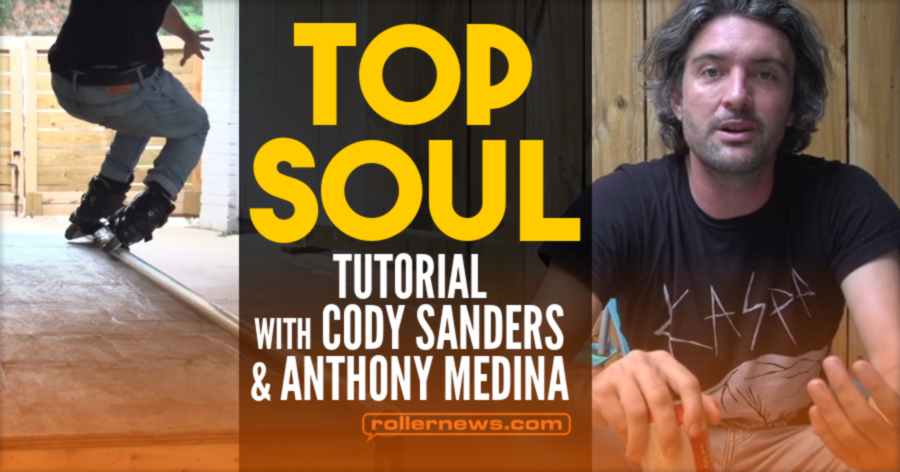
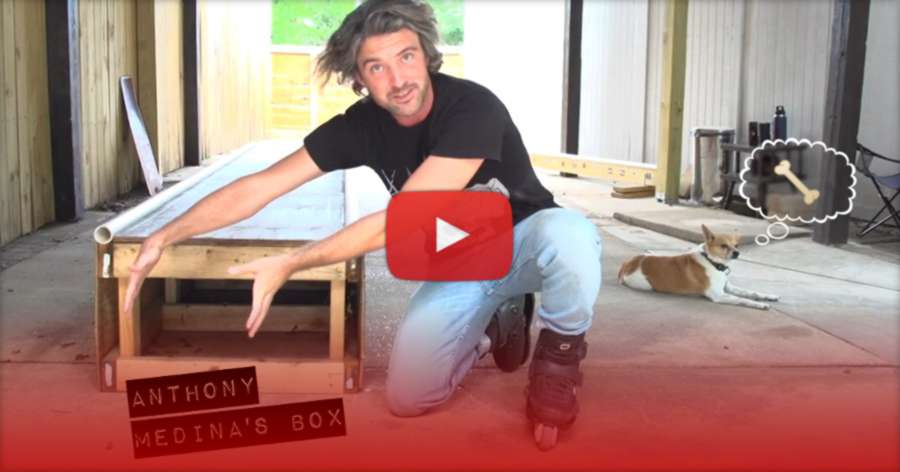
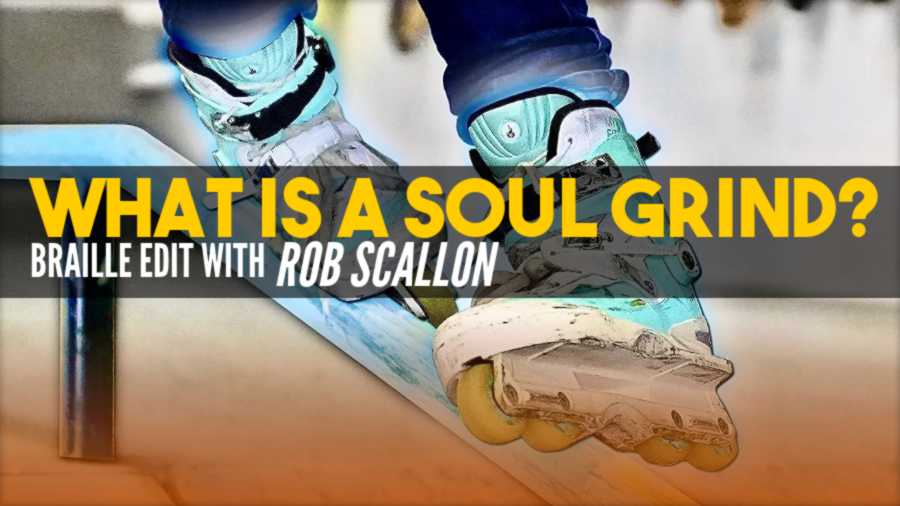
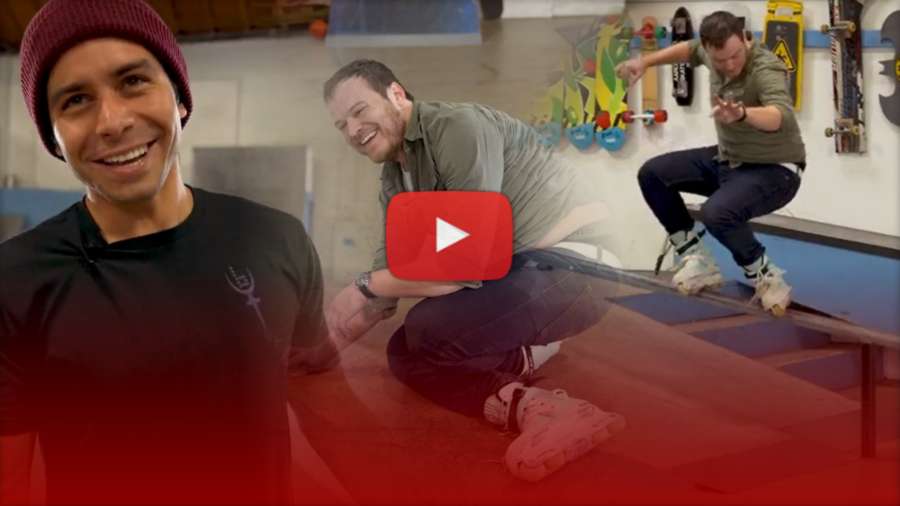
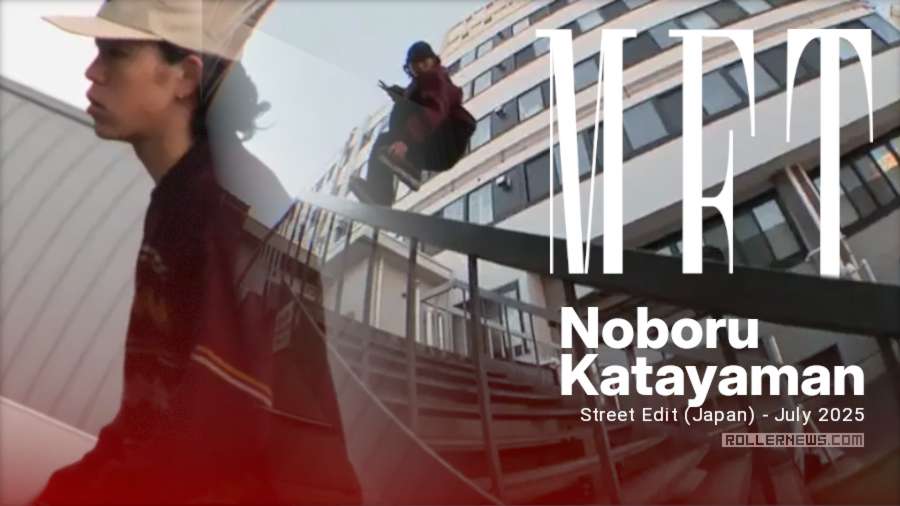
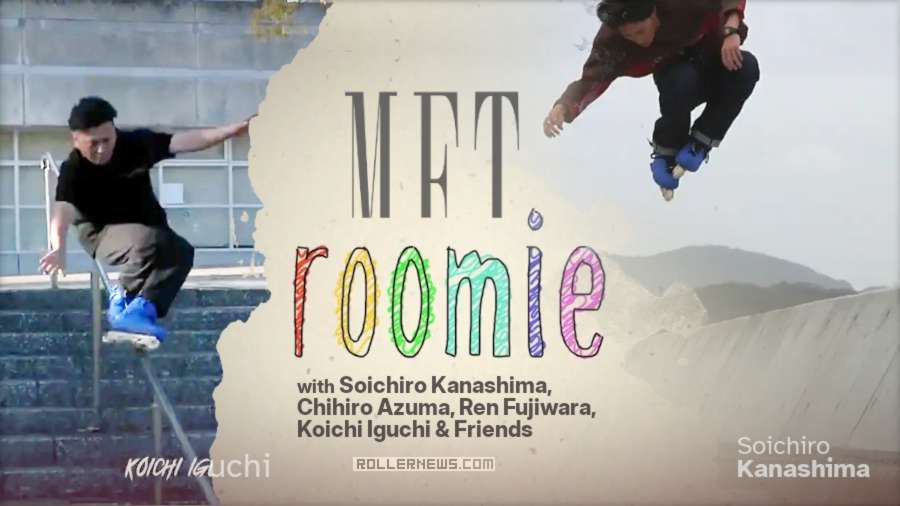
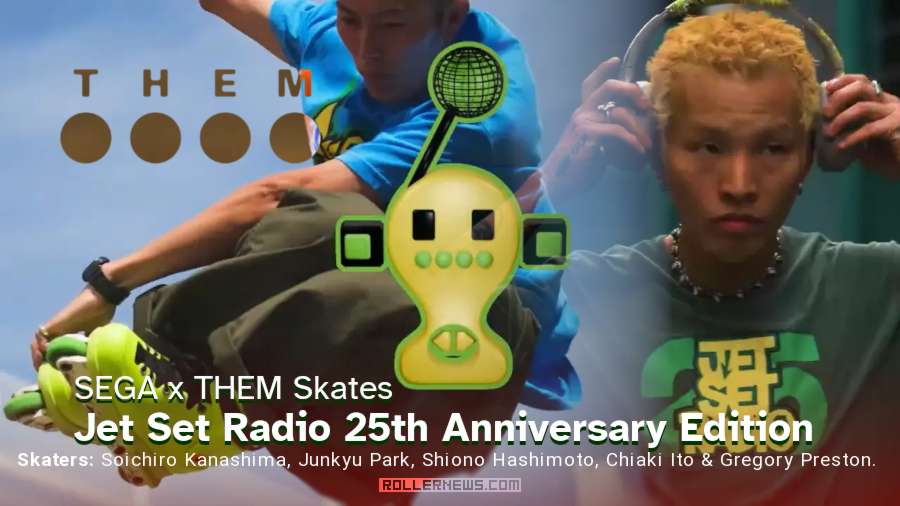
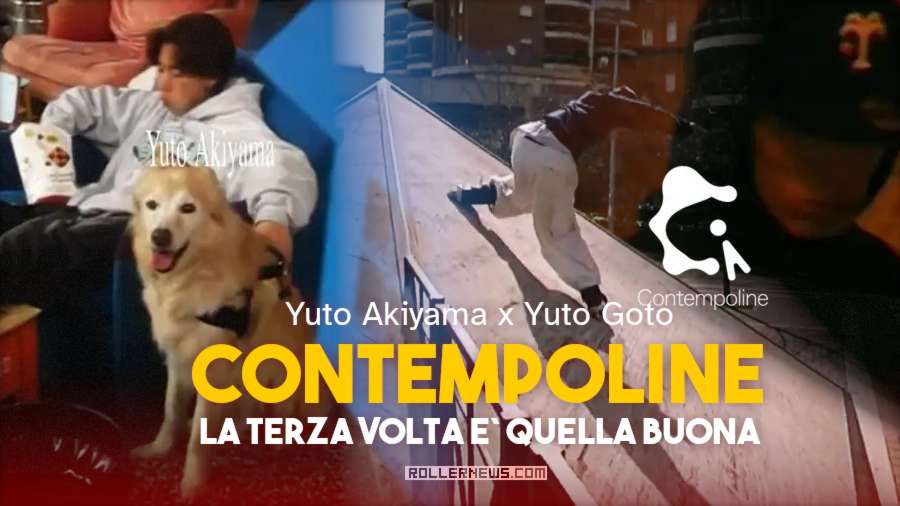

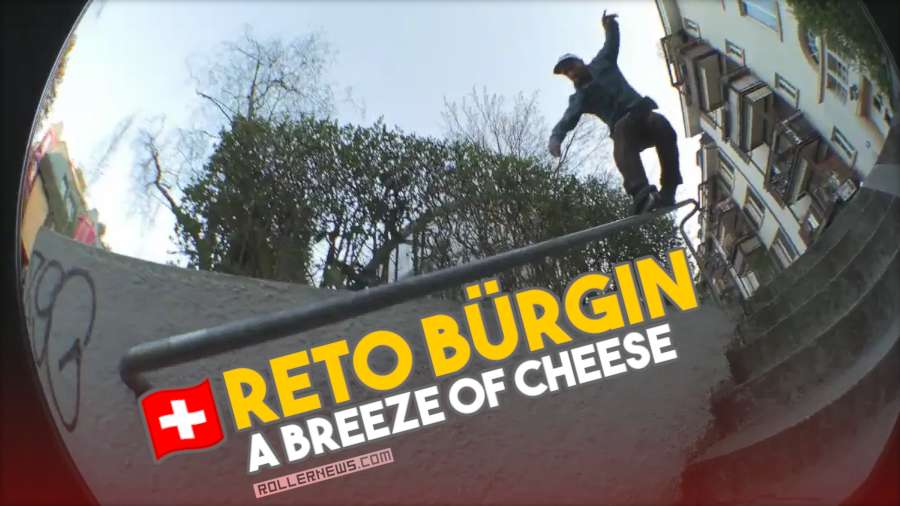
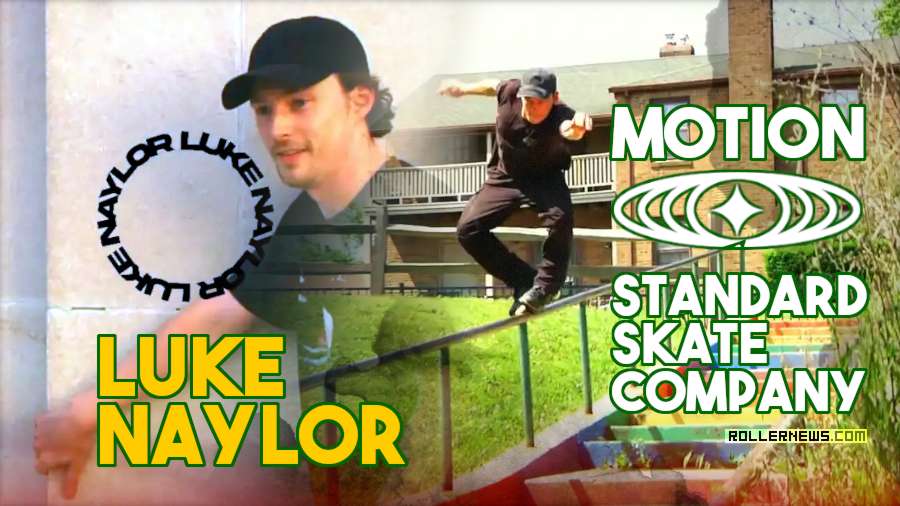
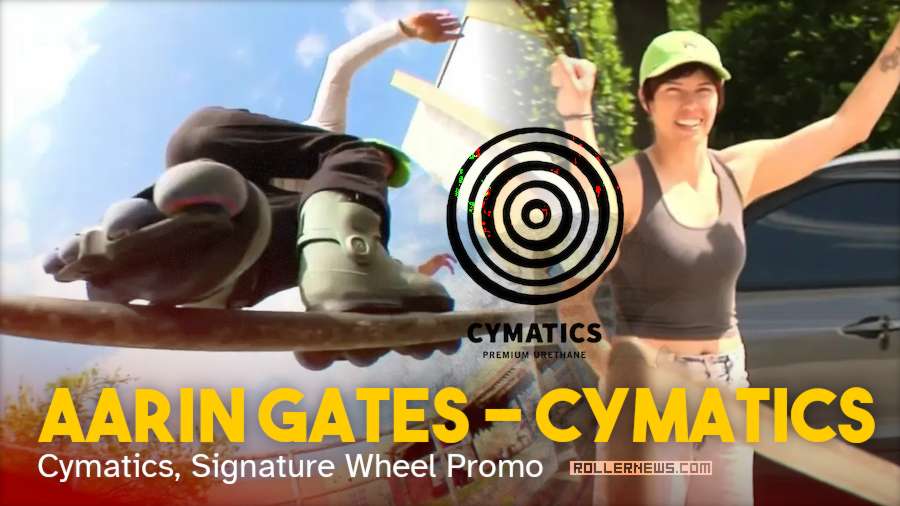
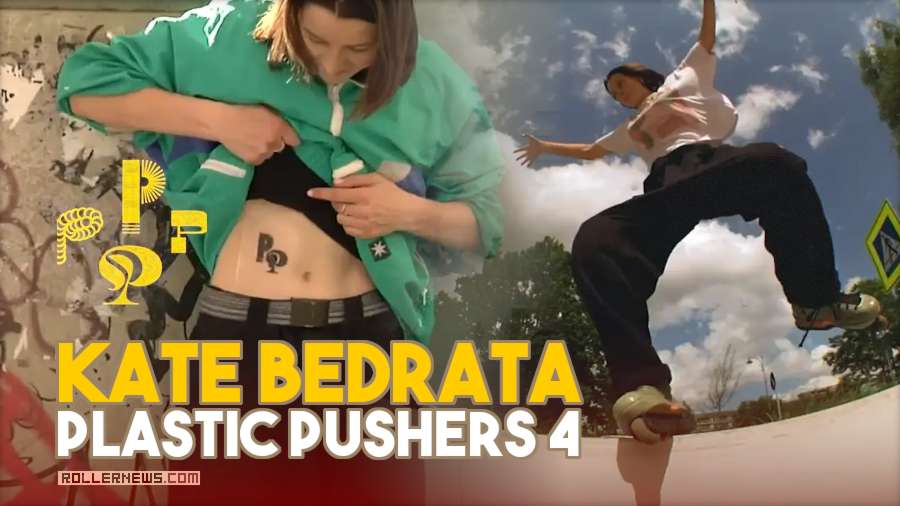
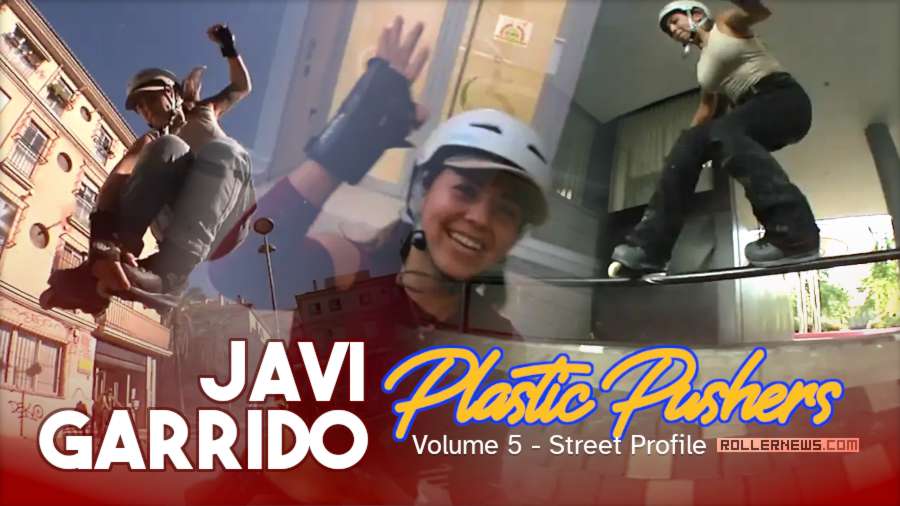
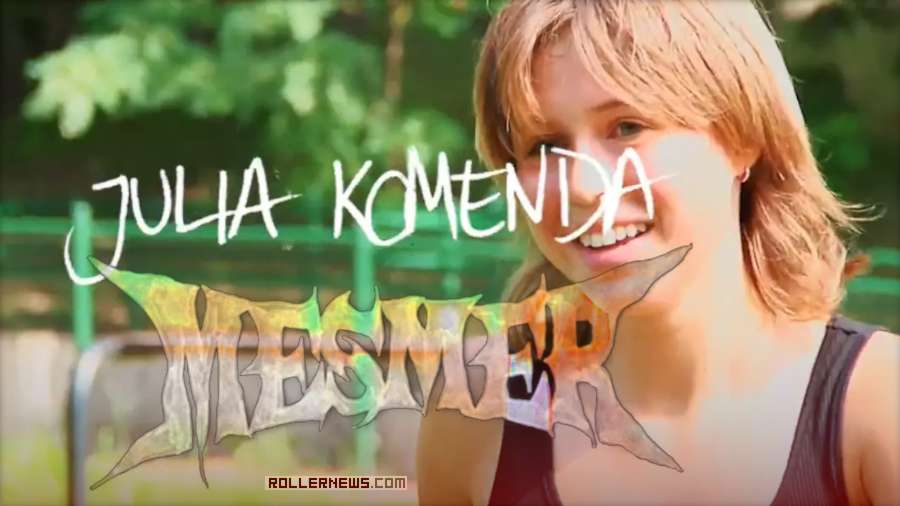
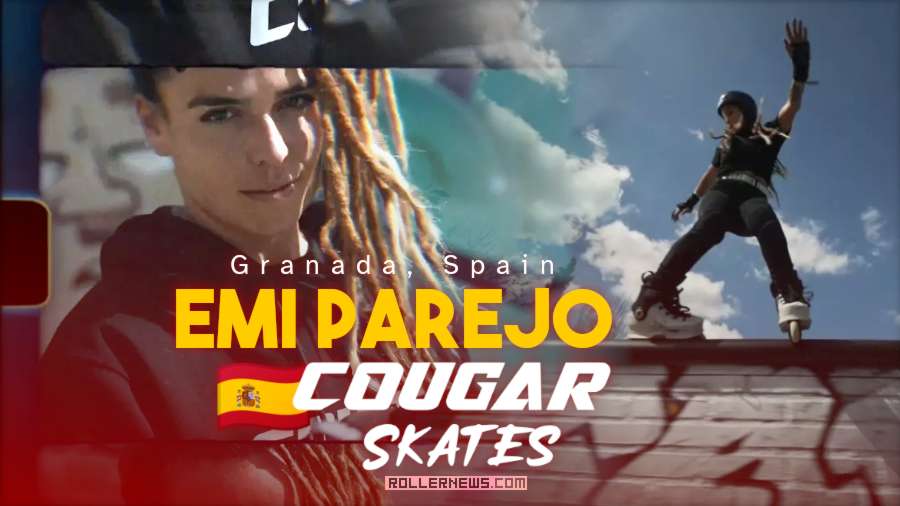


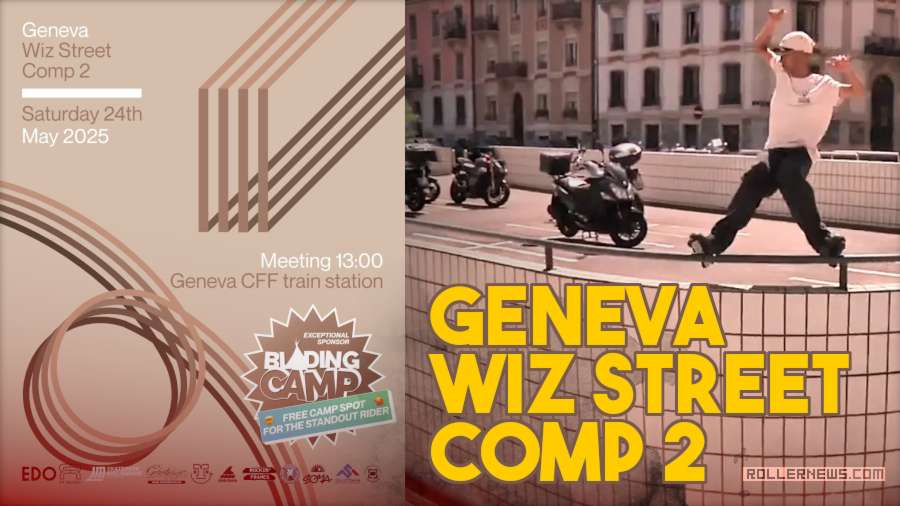
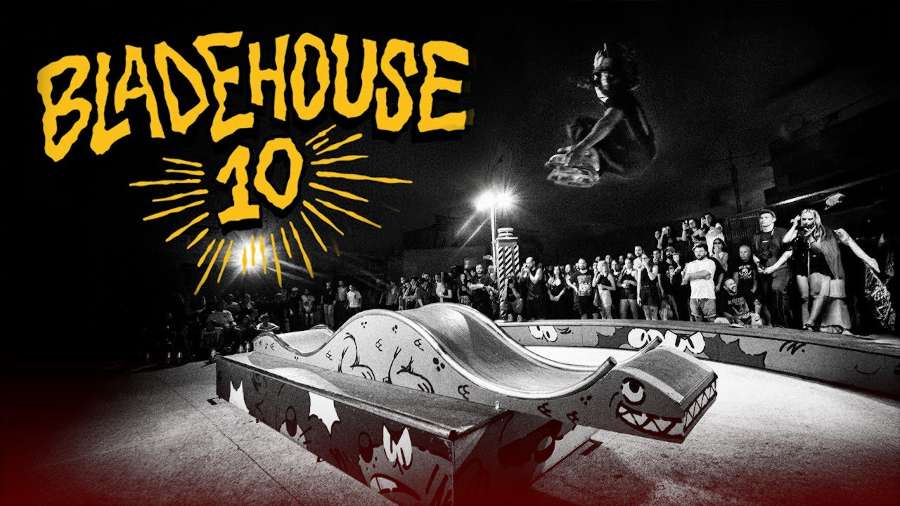
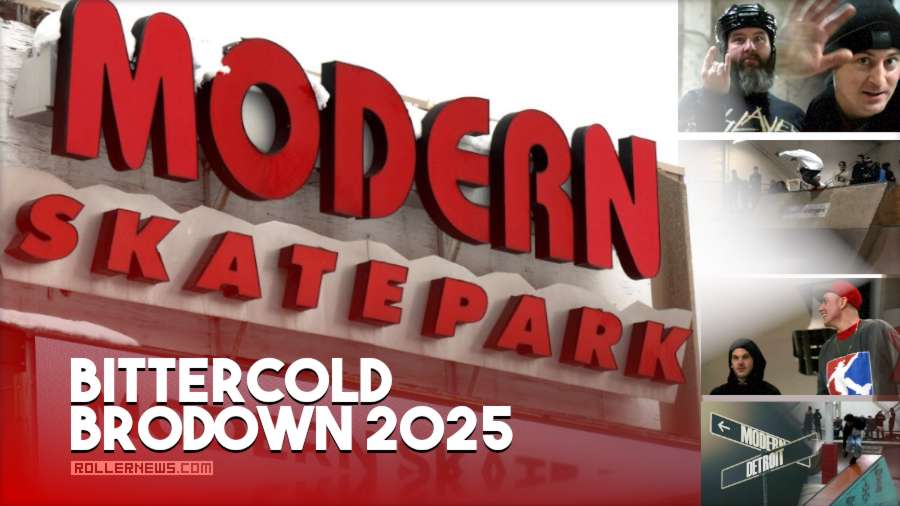
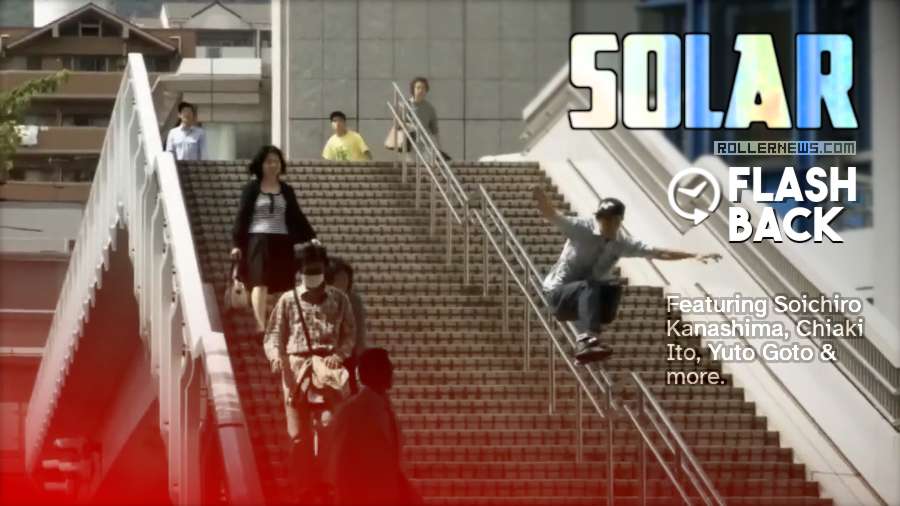
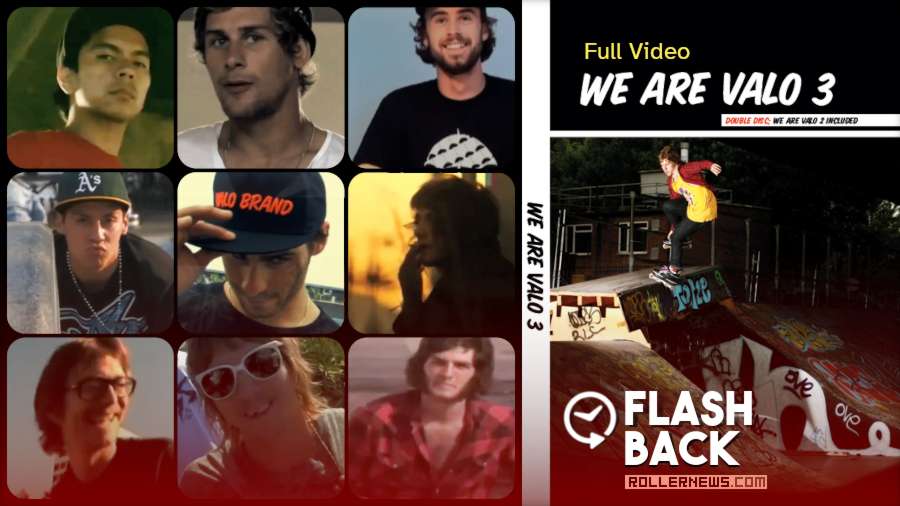

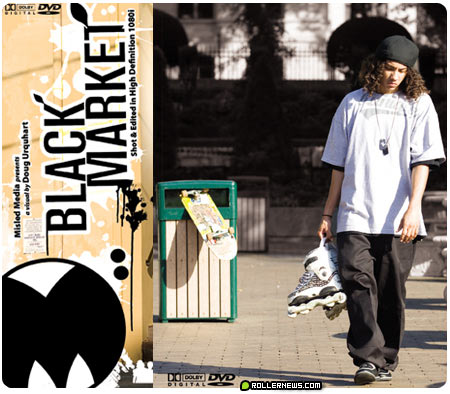
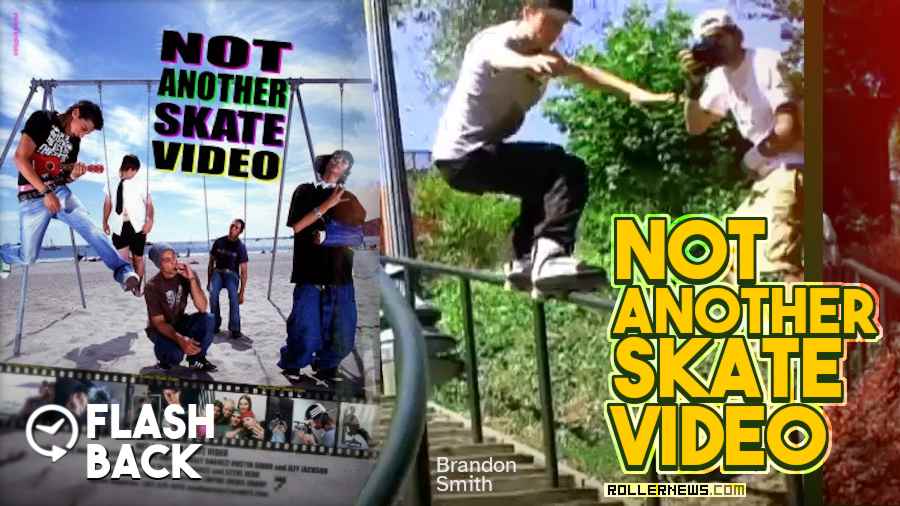



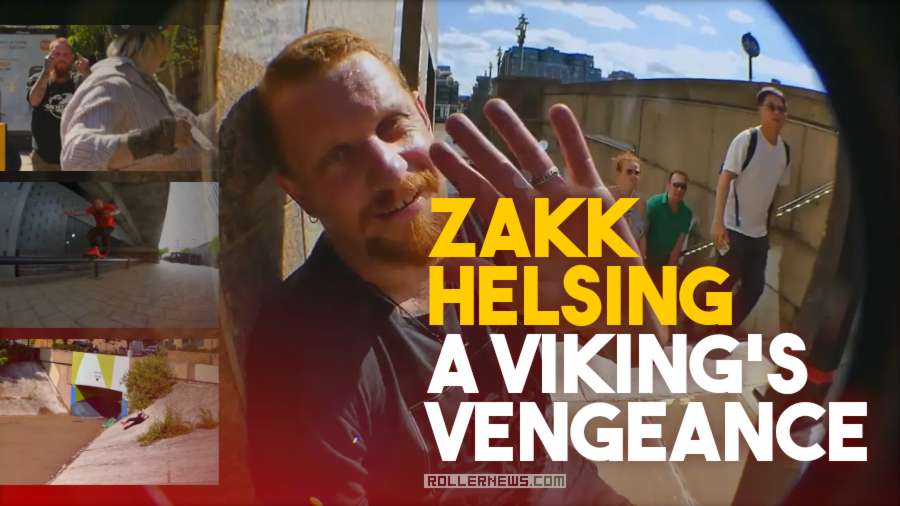

![DANIIL GONCHAROV (Russia) - [CHINA 2025] DUOS CREW DANIIL GONCHAROV (Russia) - [CHINA 2025] DUOS CREW](https://www.rollernews.com/img/2025/06/2025-06-06-daniil-goncharov-china-2025-duos-crew-856796366.jpg)
